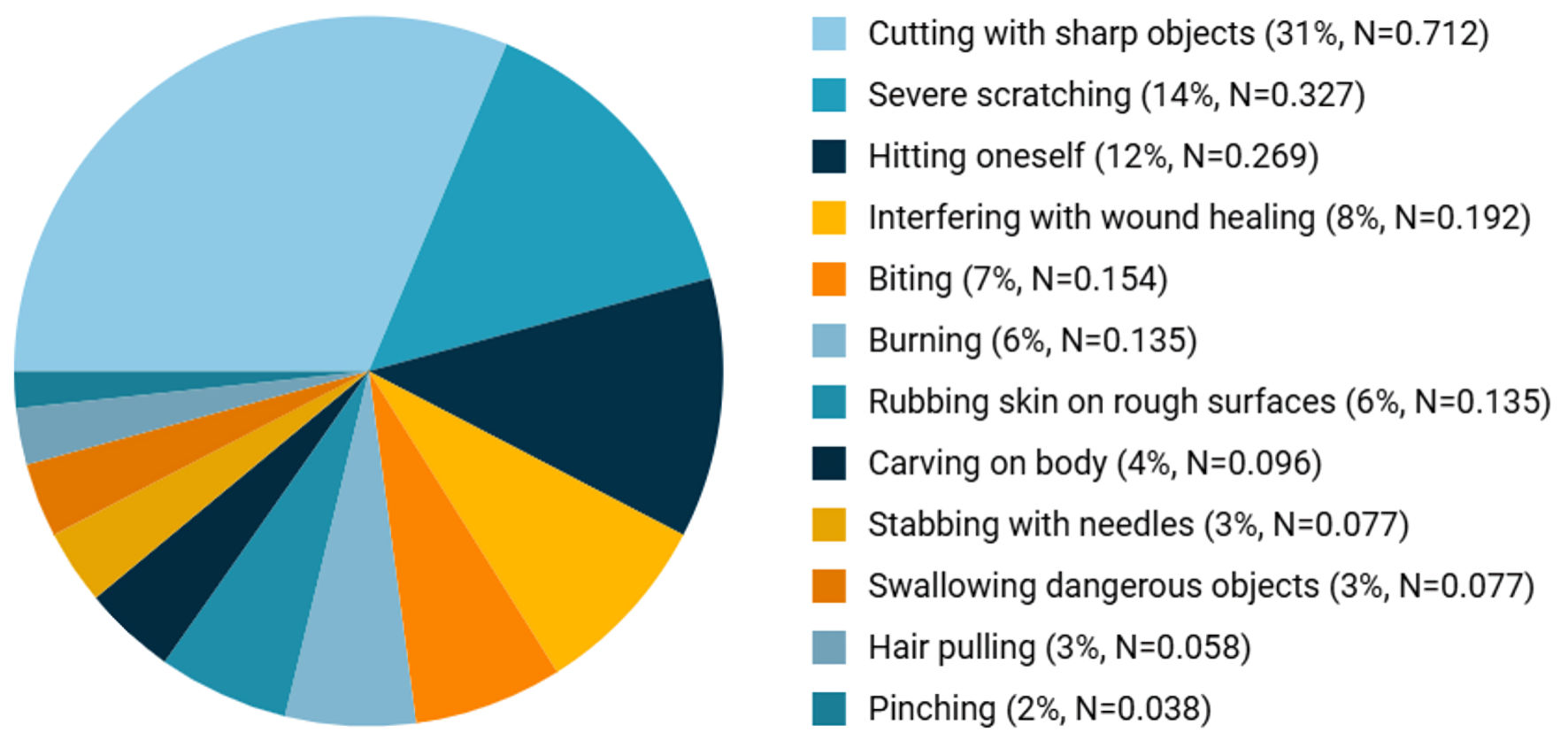Non-Suicidal Self-Injury: Pain Addiction Mechanisms, Neurophysiological Signatures, and Therapeutic Advances
DOI:
https://doi.org/10.14740/jocmr6332Keywords:
Non-suicidal self-injury, Addiction, Endocrine hormone, PainAbstract
The aim of this study was to review the neurobiological mechanisms, epidemiology, and therapeutic interventions for non-suicidal self-injury (NSSI), emphasizing the pain addiction model and electroencephalographic biomarkers as frameworks for precision intervention. A narrative review of the literature was conducted using PubMed, Web of Science, CNKI, and Wanfang Data up to October 2025. Search strategy employed the terms “non-suicidal self-injury,” “pain addiction,” “electroencephalography,” “endogenous opioid system,” and “HPA axis.” Selection criteria prioritized original human studies, high-quality systematic reviews, and mechanistic investigations. Pain addiction and electroencephalography (EEG) were selected as focal variables based on their explanatory power: pain addiction elucidates NSSI perpetuation through endogenous opioid-mediated reward sensitization and dopaminergic reinforcement, while event-related potentials (ERPs) provide temporal precision in mapping cognitive-affective dysregulation underlying emotional impulsivity and regulatory deficits. Global adolescent NSSI prevalence averages 17.2%, with Chinese rates reaching 24.7% and trends toward earlier onset. Neurobiological substrates include fronto-limbic dysregulation, hypoactive hypothalamic-pituitary-adrenal (HPA) axis function with blunted cortisol reactivity, and endogenous opioid system alterations producing widespread hypoalgesia. EEG/ERP studies demonstrate increased N2 amplitude with decreased P3 amplitude and prolonged latency during negative stimuli processing, reflecting impaired conflict monitoring and attentional resource allocation. Dialectical behavior therapy shows established efficacy, while repetitive transcranial magnetic stimulation and opioid antagonists demonstrate therapeutic potential. NSSI emerges from neurobiological vulnerability within pain-reward-emotion circuits interacting with psychosocial factors. The pain addiction framework and EEG signatures provide translatable targets for biomarker development and personalized intervention. Future research requires multimodal neuroimaging, longitudinal designs, and genetic integration to establish predictive algorithms and precision therapeutics.

Published
Issue
Section
License
Copyright (c) 2025 The authors

This work is licensed under a Creative Commons Attribution-NonCommercial 4.0 International License.










